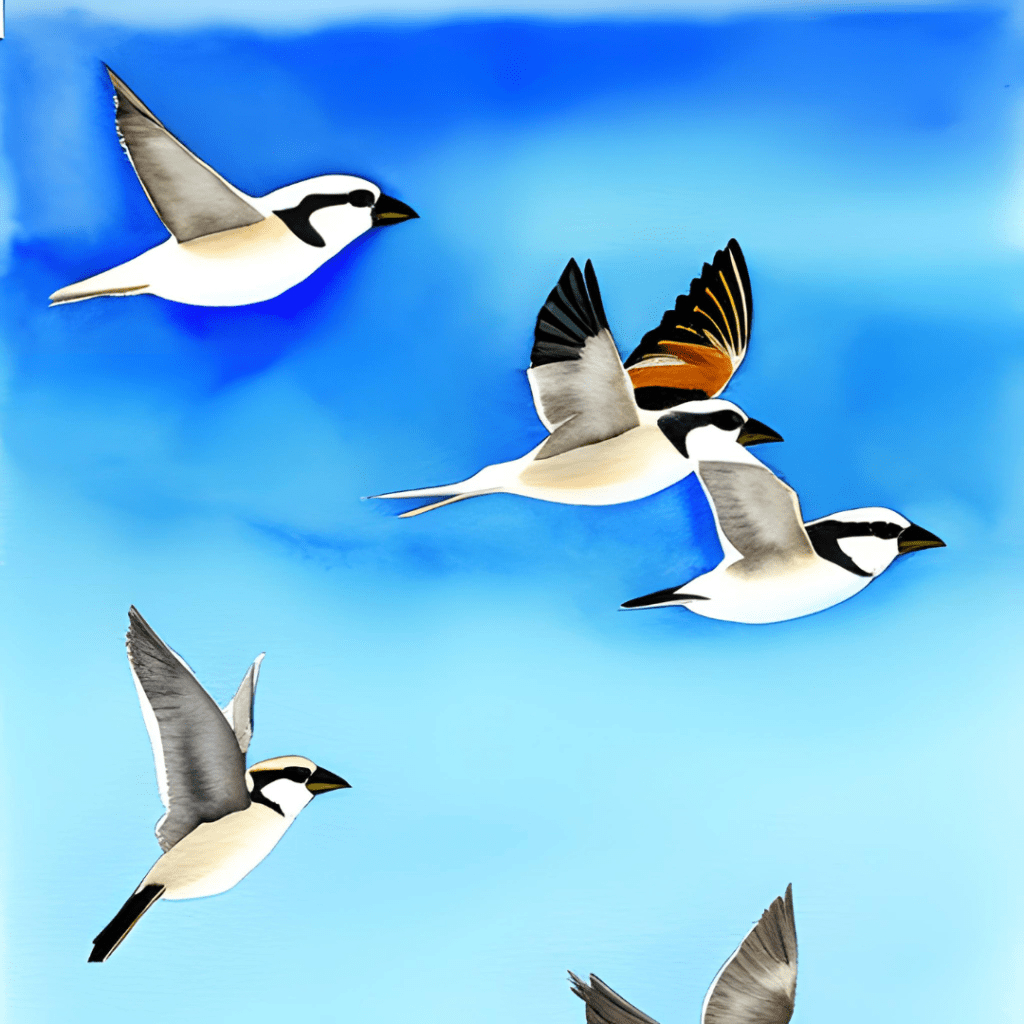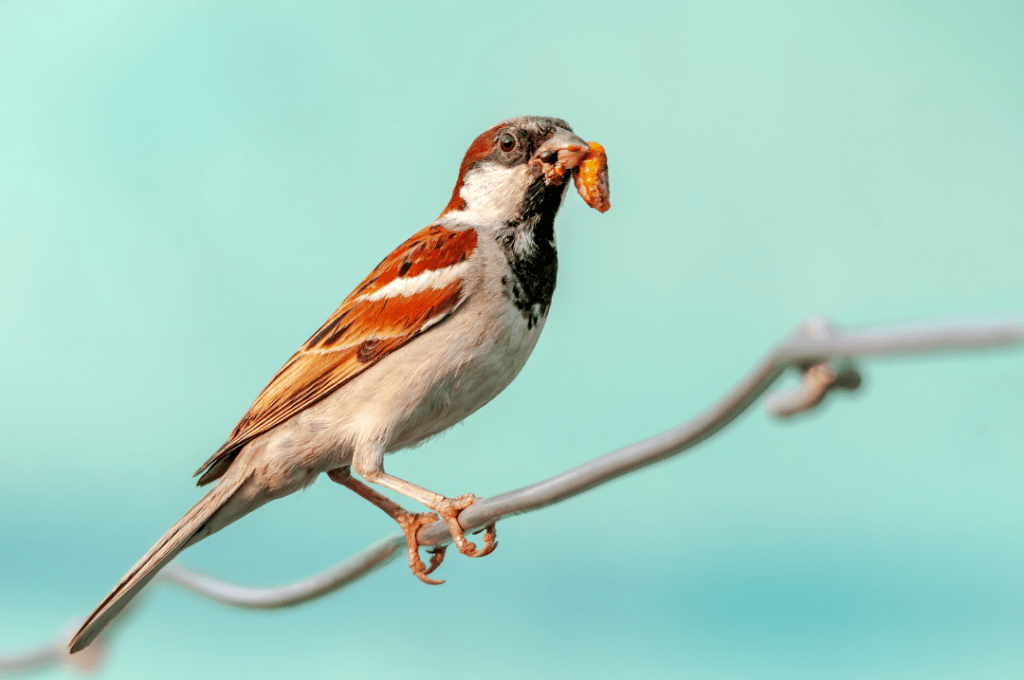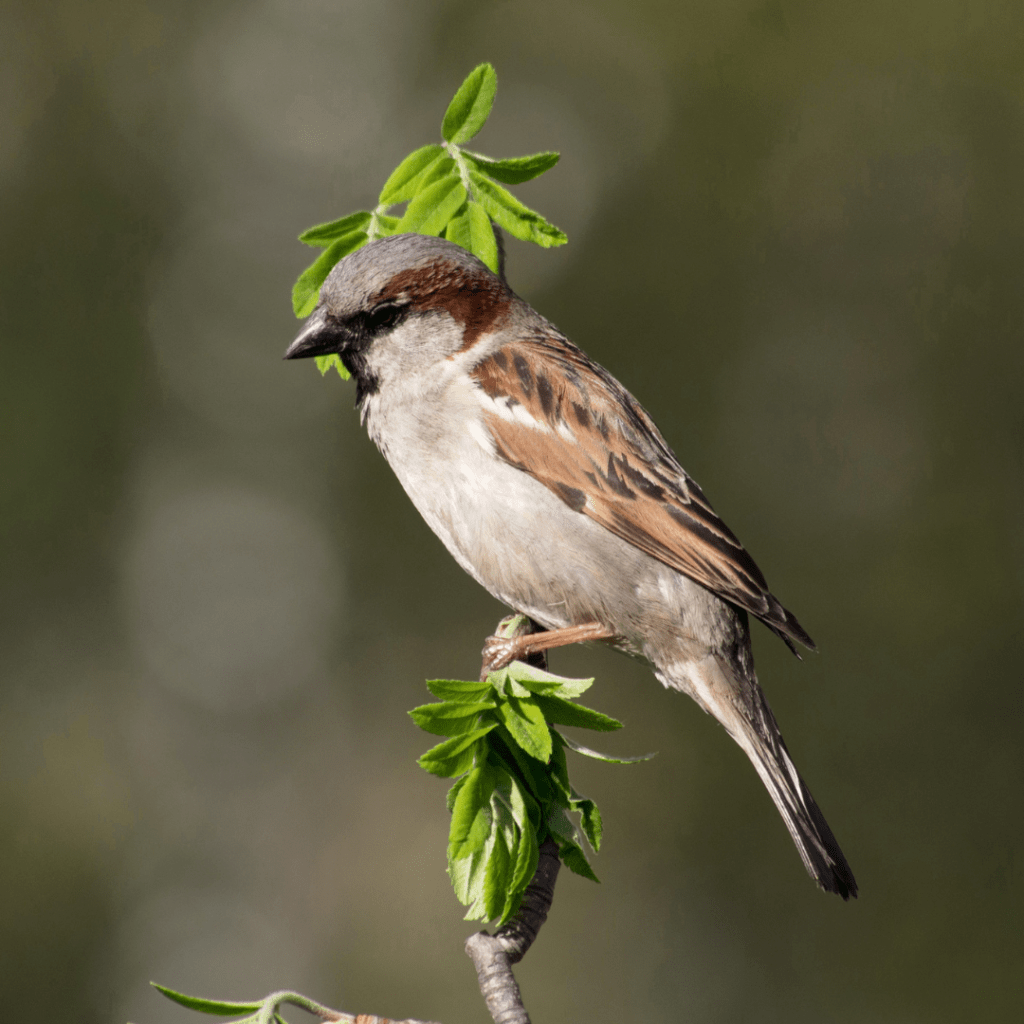Welcome to a fascinating exploration of the diverse family of small birds known as Passeridae. Within this family, true sparrows belong to the genus Passer, but there are also other sparrows in different genera, such as the Java sparrow from the genus Estrildidae, the bush sparrows of genus Gymnoris, and the unique Rock sparrow from the genus Petronia. In addition, the so-called New World sparrows include birds like the Juncos.
The true sparrow genus Passer is home to the House Sparrow and Eurasian Tree Sparrow, two of the most common birds worldwide. In this blog post, we’ll investigate a burning question: do sparrows migrate?

With a few migratory species among the true sparrows, we’ll examine their varying behaviors. While some, like the House sparrow, tend to be sedentary and non-migratory, others, such as the Eurasian Tree Sparrow and American Tree Sparrow, embark on migrations.
Diving deeper into the 28 species within the true sparrow genus Passer, we’ll unravel their diverse migratory patterns. From species that rarely venture far from their nests, to those like the Clay-colored sparrow that travel thousands of miles, we’ll uncover the migratory secrets of these remarkable birds.
Join us as we delve into the world of North American and Eurasian tree sparrows, their migrations, and the factors influencing these incredible journeys. Let’s embark on this captivating adventure to better understand the migratory behaviors of these highly successful birds!
So, do sparrows migrate? Some sparrows do migrate, while others are sedentary and non-migratory. Among true sparrows, migratory species include the Eurasian Tree Sparrow and American Tree Sparrow, while the House Sparrow is typically non-migratory. Sparrow migration patterns vary across the diverse species found in the Passeridae family.
Sparrow Species: Migratory and Non-migratory
Migratory Sparrows
White-throated Sparrows
These charming birds, sporting their distinctive white throat patches, are known to migrate between their breeding grounds in the boreal forests of Canada and the northeastern United States, and their wintering grounds in the southeastern US. They typically migrate at night and follow a similar route each year.
Other migratory species
Some other migratory sparrows include the Chipping Sparrow, the Dark-eyed Junco, and the Fox Sparrow. Each species has its own unique migration route and timing, making for a diverse array of avian travelers.
Non-migratory Sparrows
House Sparrows
One of the most common and widespread sparrow species, House Sparrows, are not known to migrate. Originally from Eurasia, these adaptable birds have successfully colonized most of the world, including North America, where they were introduced in the 19th century.

Other non-migratory species
Non-migratory sparrows also include the Eurasian Tree Sparrow, found primarily in Europe and Asia, and the African House Sparrow, native to the African continent.
Partially migratory sparrows
Song Sparrows
The lovely Song Sparrows, known for their melodious tunes, can be either migratory or non-migratory depending on their location. In the northern parts of their range, they often migrate to warmer regions during the winter months. However, in milder climates, they may remain year-round.
Factors influencing partial migration
Various factors can influence whether a sparrow migrates, such as food availability, climate, and competition. This can lead to complex and varied migratory patterns even within the same species.
Why Have Sparrows Disappeared from my Garden?
If you’ve noticed fewer sparrows in your garden lately, there could be several reasons:
Changes in local habitat: Alterations to the landscape, such as the removal of trees or shrubs, can impact nesting sites and food sources for sparrows.
Loss of nesting sites or food sources: Urbanization, agricultural practices, and other human activities can contribute to the decline of suitable nesting sites and natural food sources.
Effects of pesticides and pollution: The use of chemicals in gardens and agriculture can have detrimental effects on insects, which are a primary food source for many sparrows.
Increased presence of predators: The introduction or increase of predators, such as domestic cats or birds of prey, can lead to a decline in sparrow populations.
Possible seasonal movements: If you’re observing a migratory sparrow species, their disappearance might be due to their natural seasonal movements.
The Science Behind Bird Migration
Innate vs. learned behavior
While many aspects of bird migration are innate, meaning they are passed down genetically, some elements can be learned. For example, young birds may rely on older, experienced individuals to guide them on their first migration journey.
Navigation methods
Birds employ a variety of navigation methods to find their way during migration. Some of these methods include:
Celestial cues
Many birds, including migratory sparrows, navigate using the stars, the position of the sun, or the moon’s angle to orient themselves during their travels.
Magnetic fields
Birds are thought to possess an internal compass that allows them to detect the Earth’s magnetic field, which helps them maintain their direction during migration.
Landmarks
Some birds use visual landmarks, such as mountain ranges or coastlines, to guide their way during migration.
The role of genetics in migration
Genetics play a crucial role in determining the migratory behavior of birds. Genes influence factors such as the timing of migration, distance traveled, and the ability to navigate.
The Migratory Journey
Seasonal timing of migration
Sparrows, like many other birds, migrate in response to seasonal changes. They typically head to their breeding grounds in the spring and return to their wintering grounds in the fall.
Typical migration distances
Migration distances vary between sparrow species and populations. For example, White-throated Sparrows may travel over 1,000 miles between their breeding and wintering grounds, while other species may migrate shorter distances or not at all.
Challenges faced during migration
Migrating birds face numerous challenges during their journey, including:
Weather conditions
Severe weather, such as storms or strong winds, can disorient or exhaust migrating birds, making their journey more difficult.
Predators
Migrating birds are vulnerable to predation from a variety of sources, including birds of prey, mammals, and even other birds.

Human-caused obstacles
Urban environments, communication towers, and wind turbines can pose significant obstacles to migrating birds, potentially leading to injury or death.
Effects on sparrow populations
Migration is a hazardous time for sparrows, with many individuals not surviving the journey. This can have significant effects on overall sparrow populations, particularly when combined with habitat loss and other threats.
Some migratory sparrows include White-throated Sparrows, Chipping Sparrows, and Dark-eyed Juncos, while non-migratory species include House Sparrows and Eurasian Tree Sparrows. Song Sparrows may be migratory or non-migratory, depending on their location.
Sparrows rely on a combination of innate and learned behaviors to determine when and where to migrate. Factors such as genetics, celestial cues, magnetic fields, and visual landmarks all play a role in guiding their migration.
Migrating sparrows face numerous challenges, including severe weather conditions, predation, and human-caused obstacles such as urban environments, communication towers, and wind turbines.
To help protect migratory sparrows, individuals can take actions such as planting native vegetation, providing nesting boxes, reducing pesticide use, and supporting local conservation efforts.
Conclusion
We’ve explored the fascinating world of sparrow migration, from the factors that influence their journeys to the challenges they face along the way. By understanding and appreciating these incredible birds, we can better support their conservation and ensure their continued presence in our gardens and landscapes. So, let’s spread our wings and get involved in protecting these amazing avian travelers! Happy Birding!

James has always been an avid outdoorsman. Since a kid, he kept a journal of all the different birds and species he saw. Now he wants to share his passion with other birders with Happy Birding!
